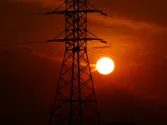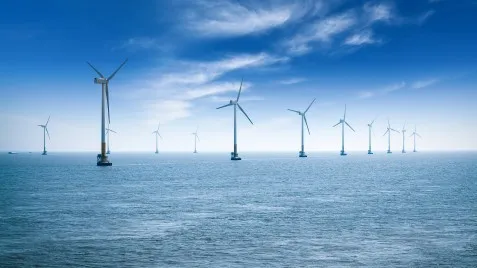
Untapped offshore wind potential can power Japan’s shift to clean energy
Unleashing wind potential could boost Japan’s share of clean power to 90% by 2035, according to the think tank, Ember.
Japan is making progress in its energy transition, with its renewable capacity led by solar power. However, the country can only do so much with solar due to various factors such as land constraints as mountainous terrain covers over 75% of the land mass.
To boost the country’s energy transition, Japan can tap the potential of offshore wind with a long coastline fit for the technology and as it comprises only less than 1% of the country’s total electricity generation mix, according to climate and energy think tank Ember.
Renewable energy accounts for around 20% of Japan’s electricity generation. Whilst there are goals to raise its share, the country is lagging behind the other Group of 7 (G7) member states which include Canada, France, Germany, Italy, the United Kingdom, and the US.
“Japan’s renewable energy ambition falls behind that of G7 member states, as countries like Canada, Germany, the United Kingdom, and Italy have already surpassed Japan’s 2030 target of 36-38% electricity from renewables. Nonetheless, Japan’s deployment of renewable energy has exhibited varying levels of success,” said Shradhey Prasad, project manager for Global Wind Power Tracker at Global Energy Monitor (GEM).
Japan’s solar power
Yamato Kawamata, senior power market analyst for Asia Pacific Power & Renewables Research at Wood Mackenzie, said Japan RE’s capacity is not necessarily lower than the other G7 countries.
He noted that Japan ranked third globally in terms of installed solar capacity in 2022, behind China and the US. The country also has the highest solar capacity per land amongst the G7 countries which stood at 163 kilowatts per square kilometre, 9% higher than Germany’s and 181% above the UK’s.
GEM data also showed that Japan is seventh globally in operating large utility-scale capacity and is also faring well in smaller-scale distributed solar installations, ranking second amongst G7 members following the US.
The country’s prospective large utility-scale solar, however, is relatively low at 2,648 megawatts (MW), according to GEM.
“There have been challenges with the recent slowdown in the growth of renewables deployment,” Kawamata told Asian Power. “Despite past efforts, we see the renewables share is expected to remain at 27% of total generation in 2030, falling short of the government’s target of 36 to 38%.”
Lower wind capacity
Japan has a “modest” operating wind capacity as of May 2023 at 3,429 MW, according to GEM’s Global Wind Power Tracker. With that, it ranks 29th globally.
Despite this, Ember pointed out that Japan’s share of wind generation is way lower compared to the other G7 member states. “In 2022, wind accounted for more than 10% of electricity generation in the United States, and more than 20% in both Germany and the United Kingdom. The second lowest wind performer was Canada at 6%. But Japan with just 1% of its electricity from wind is a clear outlier in the G7,” the Ember report read.
In an interview with Asian Power, Ember’s Global Insights Lead Dave Jones noted how solar power rose from almost zero to 10% in the last decade.
“Japan already has built quite a base of solar power. We’re really happy to see that and take a lead role. When you look globally, it really is wind and solar. Although there’s good progress on solar, that progress on wind is not as good,” Jones said.
The think tank added that Japan’s 6th Strategic Energy Plan, which outlined its target to generate 59% of its electricity from clean power by 2030, aims to generate 5% of its electricity from wind in 2030, around 5.7 gigawatts of which will be offshore.
The plan only comprises 4% of the G7’s 150-GW offshore wind commitment by 2030, led by the UK which aims to reach 50 GW, followed by the US and Germany which targets to reach 30GW during the period.
“Wind is Japan’s missing puzzle piece. Unleashing wind potential could boost Japan’s share of clean power to 90% by 2035,” Ember said, citing a report by the Lawrence Berkeley National Laboratory.
In 2020, the Japan Wind Power Association announced a 10-GW target by 2030 and around 30GW to 45GW by 2040.
Deployment barriers
According to Jones, political ambition is crucial in accelerating Japan’s renewable transition. He explained that companies want reassurance that there is a pipeline of contracts that will enable them to build and invest in wind projects.
“When you’re looking at a big kind of capital expenditure, you need that level of certainty. What really needs to happen is for the Japanese government to be able to articulate what they want to be able to achieve on offshore and onshore wind over the coming decade,” Jones said.
Kawamata cited three main challenges Japan faces in ramping up its renewable energy capacity. First is the country’s mountainous terrain, which proved it difficult to find a suitable site for affordable RE projects, particularly for solar.
Various steps were considered to maximise space use by utilising farmland, carports, and rooftop solar, but these are unlikely to significantly boost the renewables capacity in the future. The insufficient grid capacity would also worsen the risk of curtailing new RE projects.
“This curtailment risk has made renewable developers and financial institutions hesitant to invest in new projects. The government announced the grid expansion master plan this March, and it is pretty important to materialise the plan on time,” Kawamata said.
Some of the projects are also facing local opposition which has resulted in the cancellation or delay of several renewables projects. This strong resistance against large-scale projects in local communities rose due to concerns over the impact on the landscape and tourism, amongst others.
Japan aims to install 140 GW of wind power in line with its carbon neutrality goal by 2050. It ranks 10th globally for prospective wind capacity with 52GW in various stages of development, of which around 43GW are offshore wind projects, Prasad said.
However, he said the lack of “transparent and predictable” timelines and zoning designations pose a challenge in identifying suitable sites.
“Japan requires localisation of certain aspects of the wind power supply chain, which adds complexity to the development process. Streamlined regulatory frameworks and competitive power purchasing prices are crucial in attracting international investment to Japan and ensuring the successful implementation of projects,” he said.
Prasad also noted that investment in offshore wind is still being scaled up, prolonging the pre-construction period. In addition, the extensive infrastructure development and the need for port facilities to receive power from such projects make the development more complex.
“To Japan’s credit, in response to the limited suitability of sea-bed conditions for fixed-bottom wind turbines and the challenges posed by typhoons and earthquakes, Japan is exploring floating offshore wind projects,” Prasad said.
Unlocking offshore wind opportunities
The way things are, significant increase could not be expected in the solar and onshore wind sectors. But Kawamata believes the growth of renewables in Japan would have to lie in the expansion of offshore wind power.
To achieve this, he said the government’s central system should minimise the risk for developers and investors. It should create a “favourable environment” for such projects.
Strengthening the domestic supply chain through incentives can also accelerate the project pipeline and bring down costs, Kawamata said.
He also stressed that the early release of Japan’s exclusive economic zone (EEZ) should help the sector as this will facilitate increased participation, competition, and overall development in the offshore wind sector, including floating wind.
Japan should strengthen the domestic supply chain through robust incentives which will accelerate the project pipelines and reduce cost, he added.
For Prasad, establishing a sustainable offshore wind industry that enjoys low-interest rates, a large electricity market, and a strong financing and legislative framework would make Japan attractive to international investors.
“Japan faces unique obstacles in its renewable energy landscape, but offshore wind power holds great promise. By streamlining regulations, ensuring pricing clarity, expanding transmission capacity, and developing port infrastructure, Japan can tap into its offshore wind potential, fostering a sustainable and independent energy future,” Prasad explained.



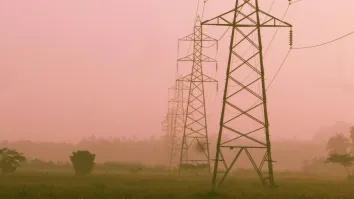
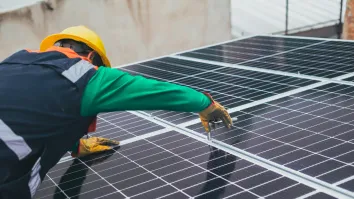
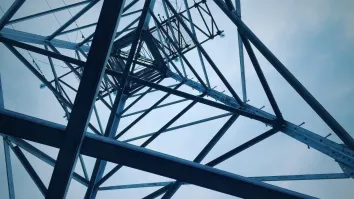













 Advertise
Advertise
